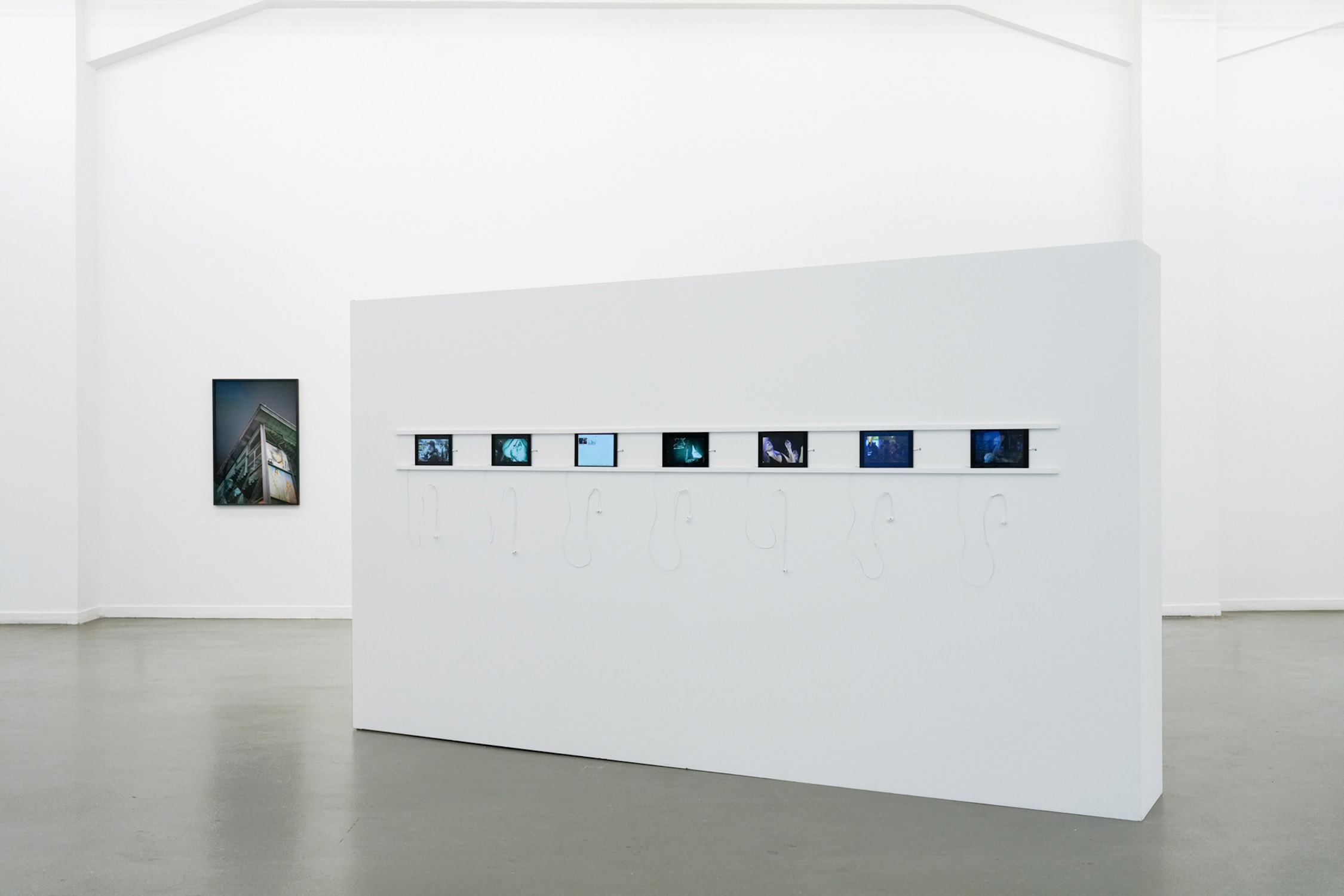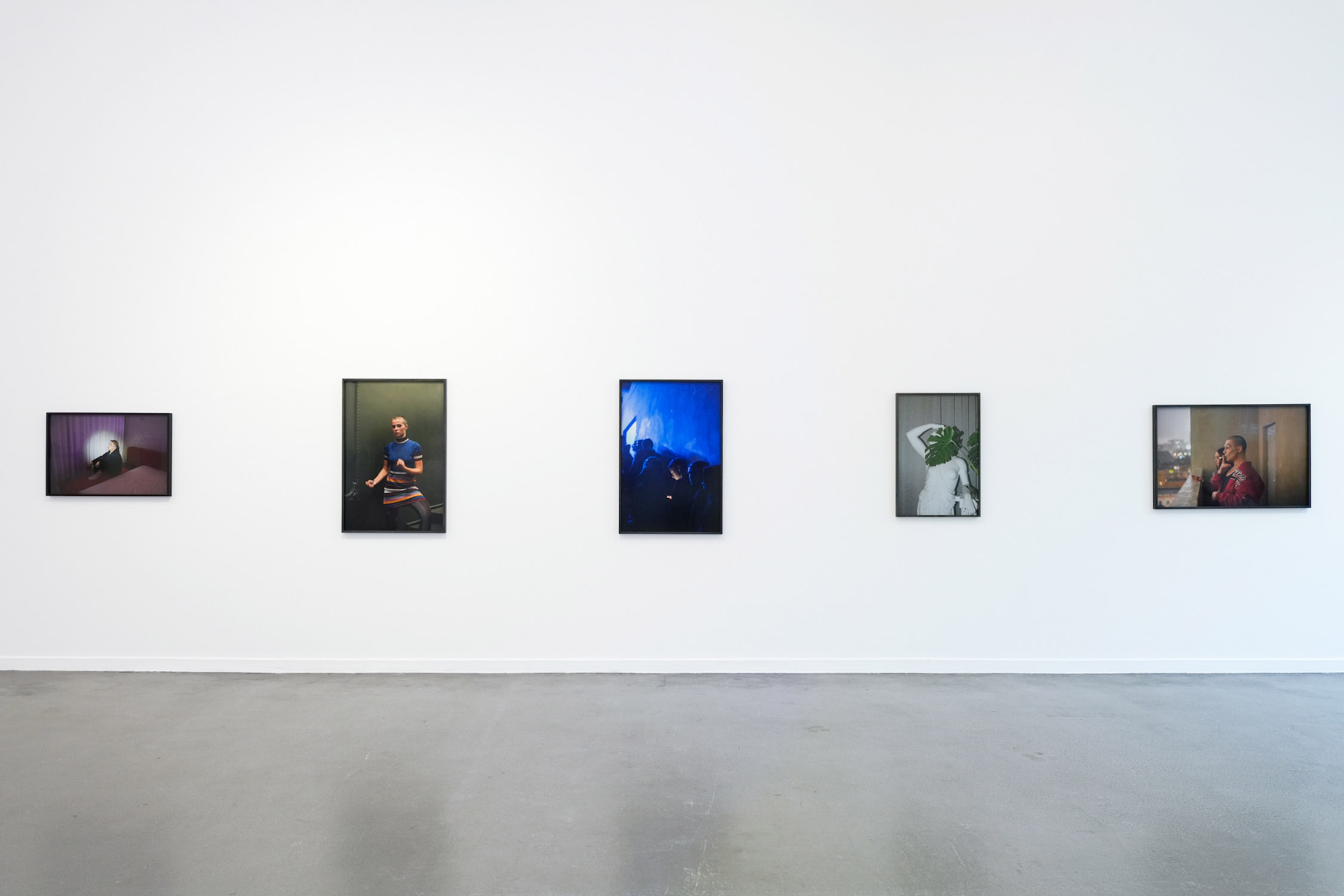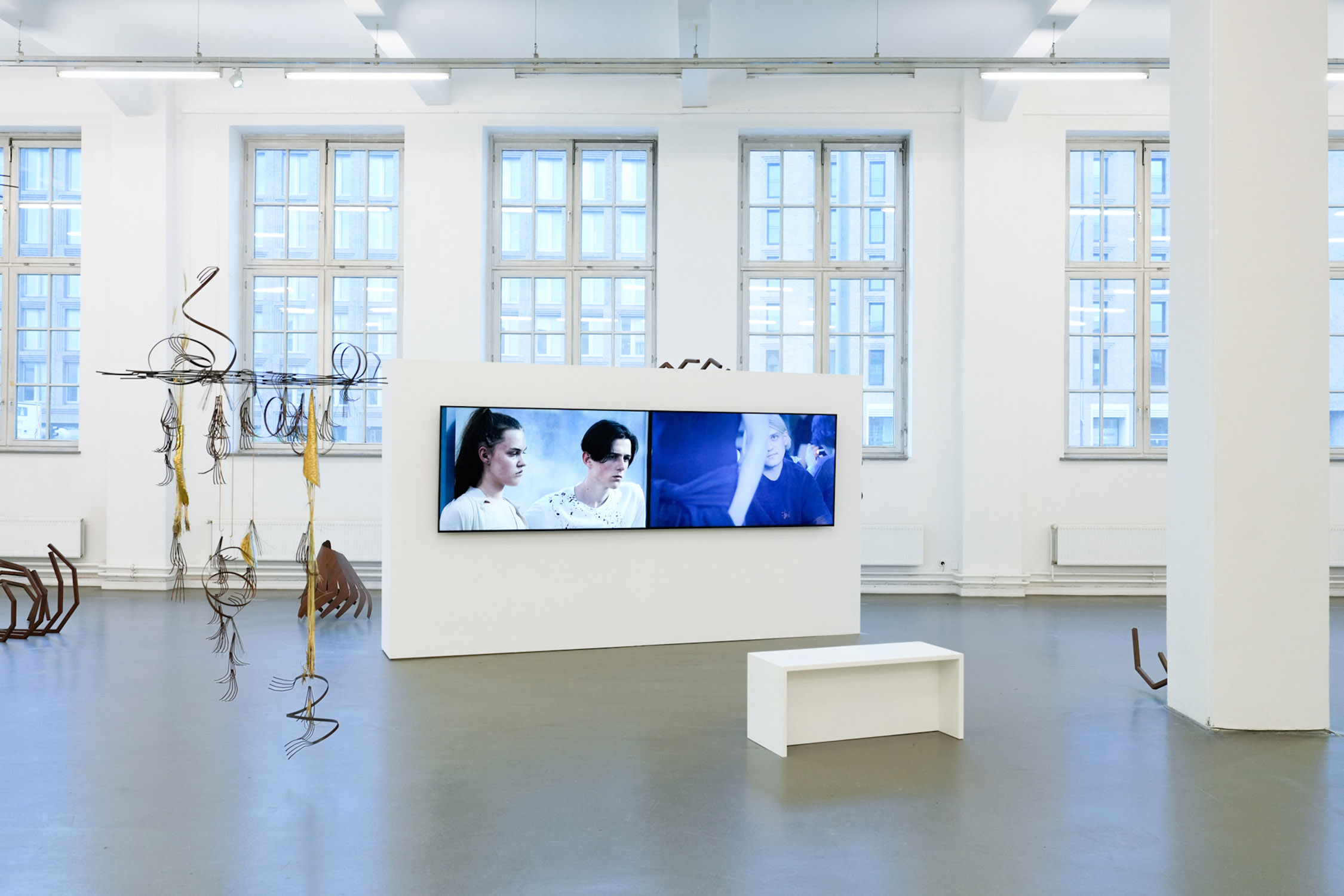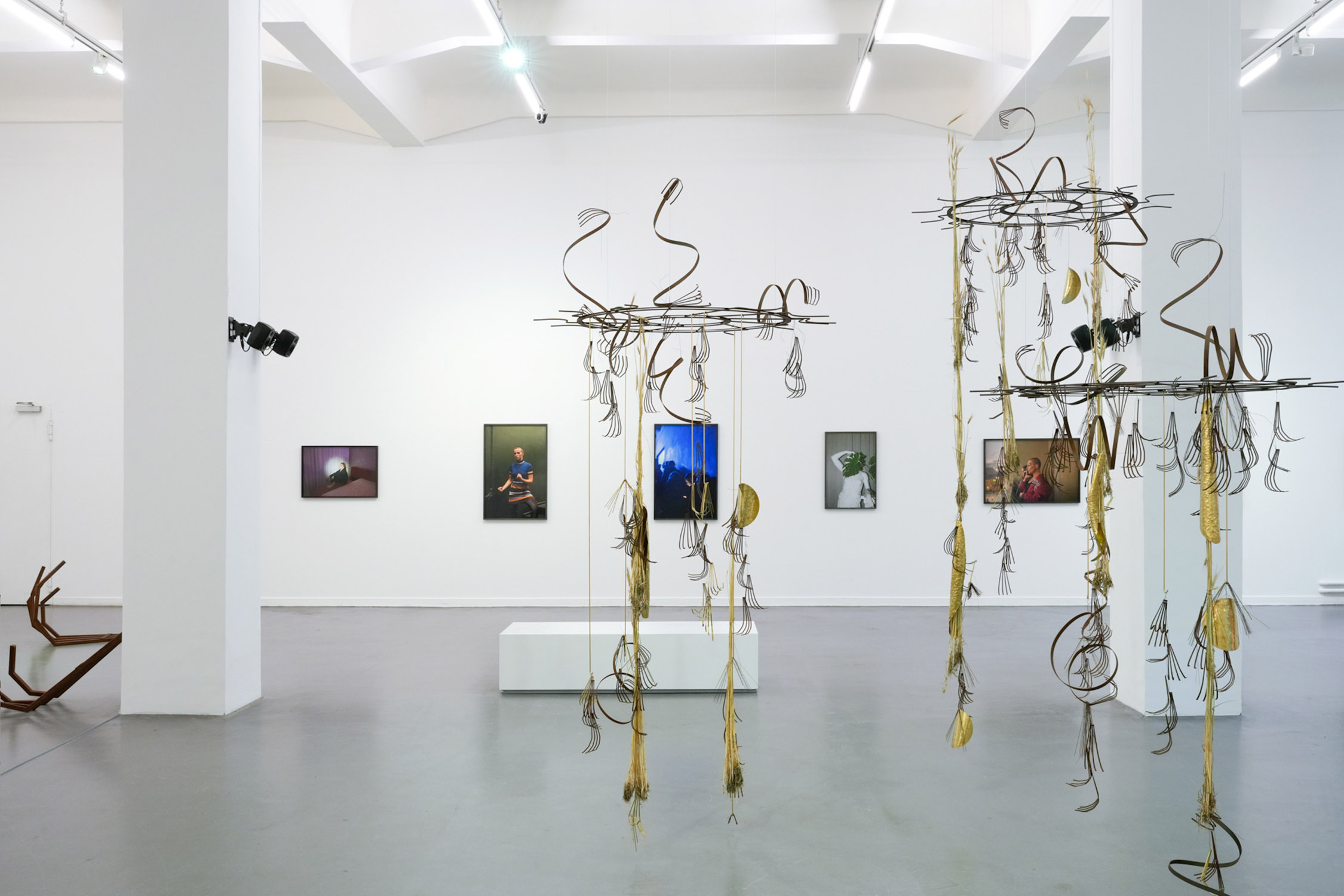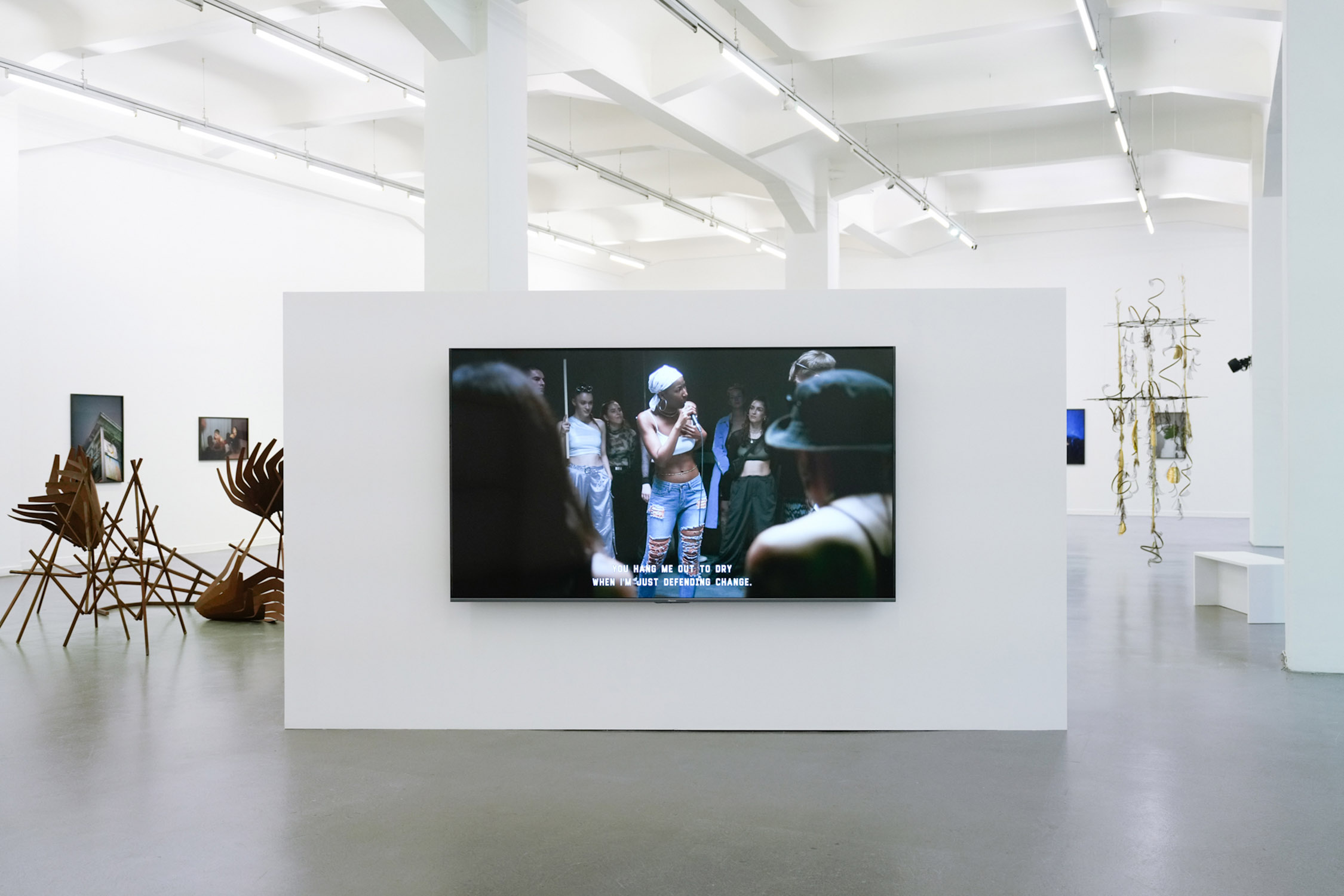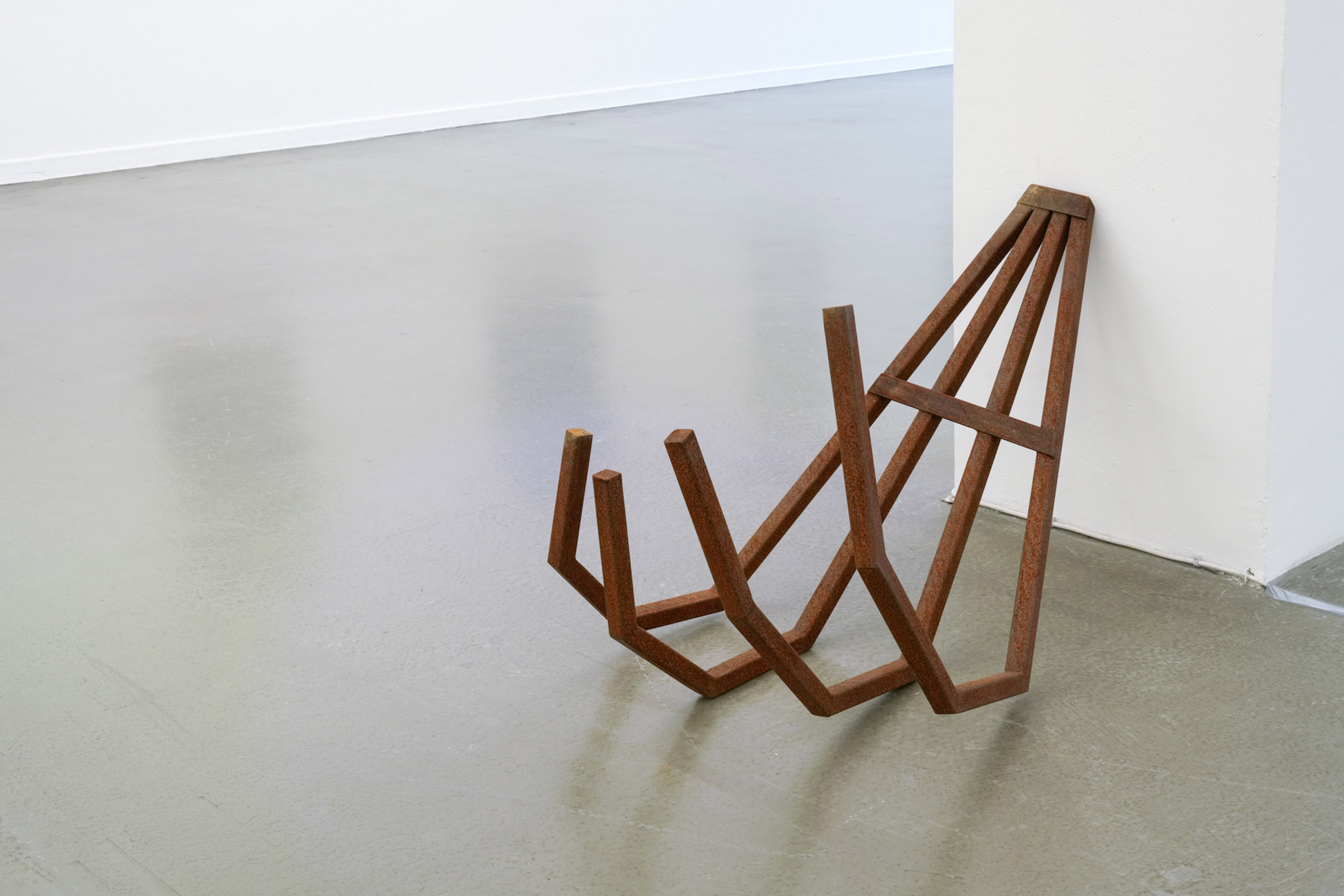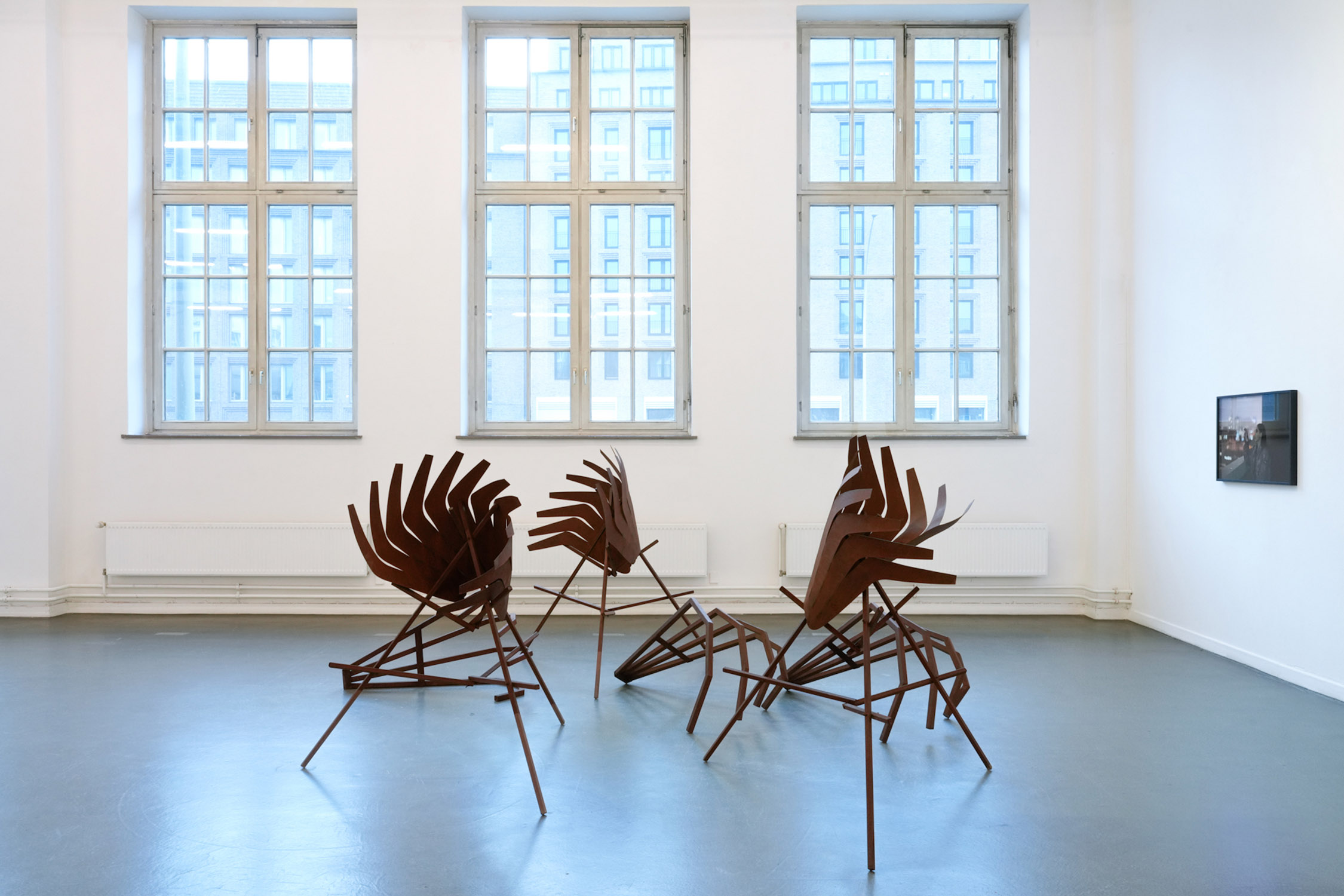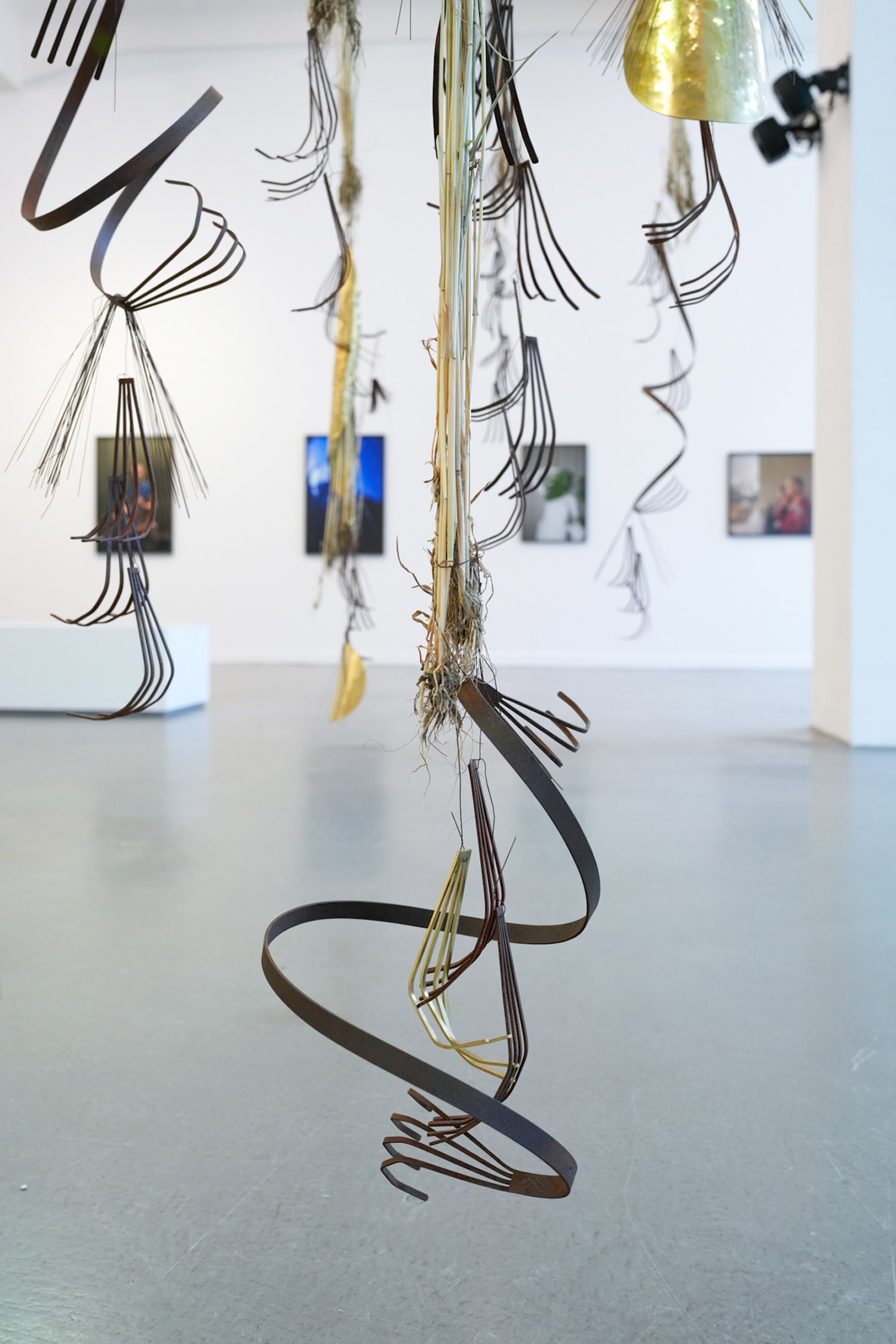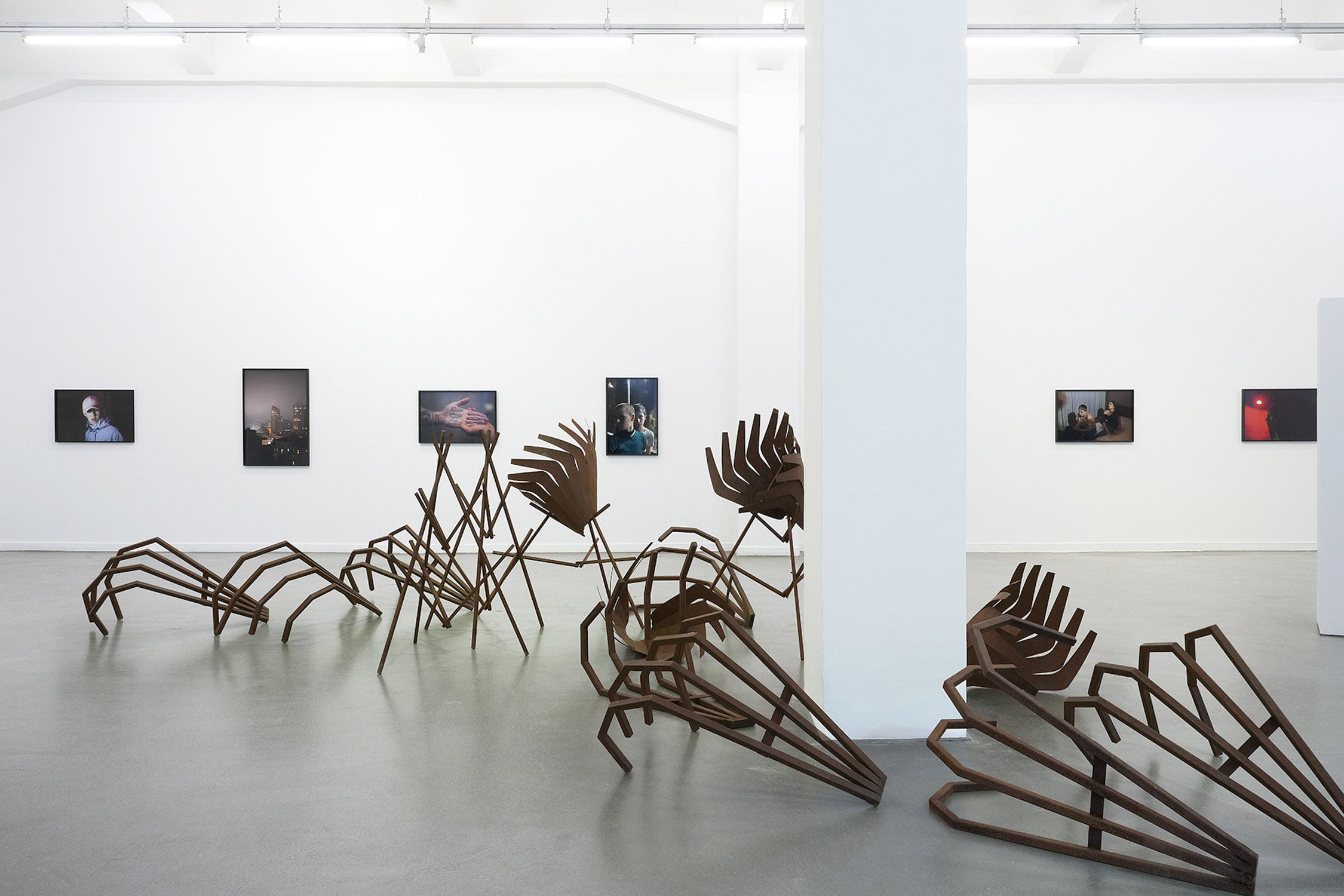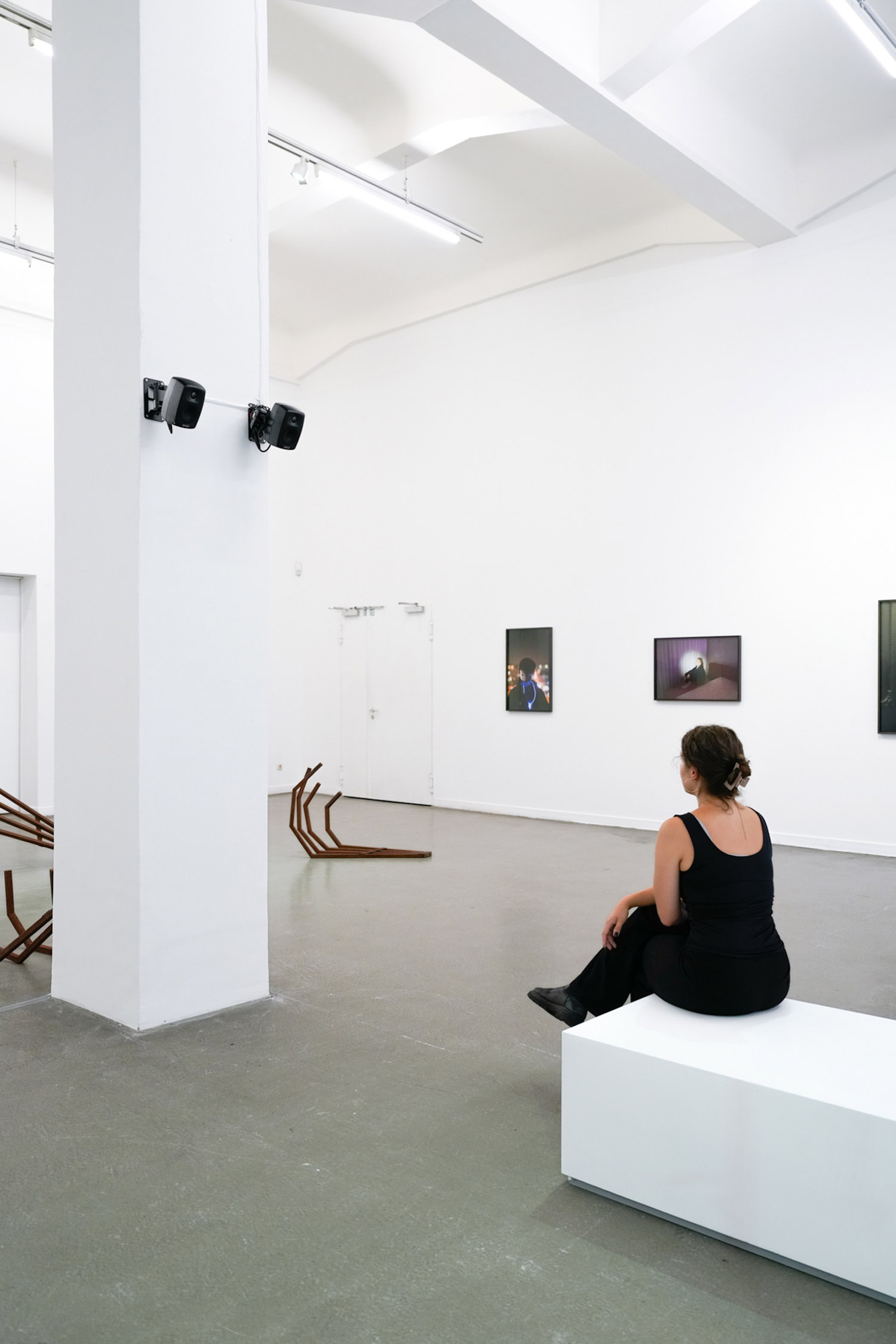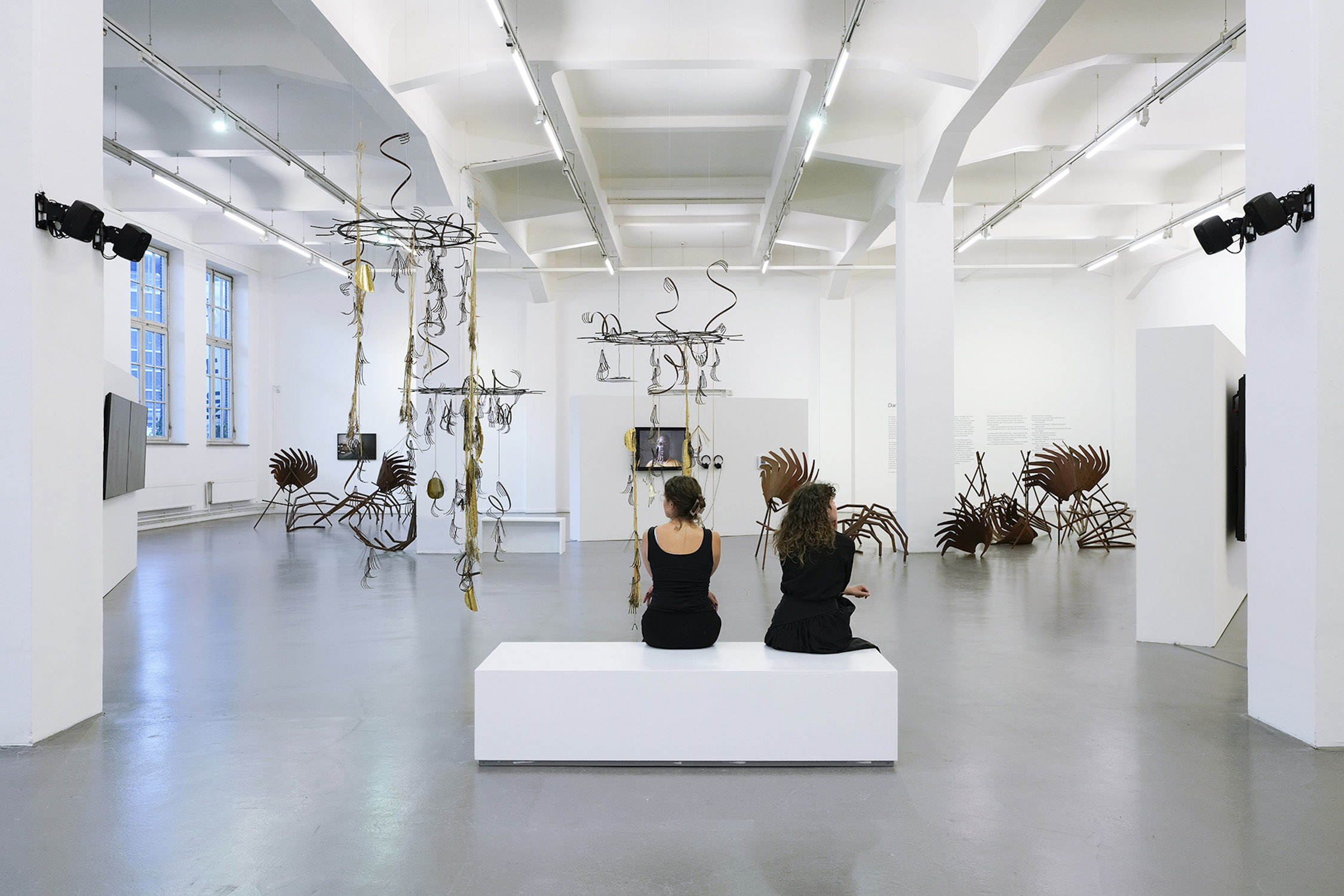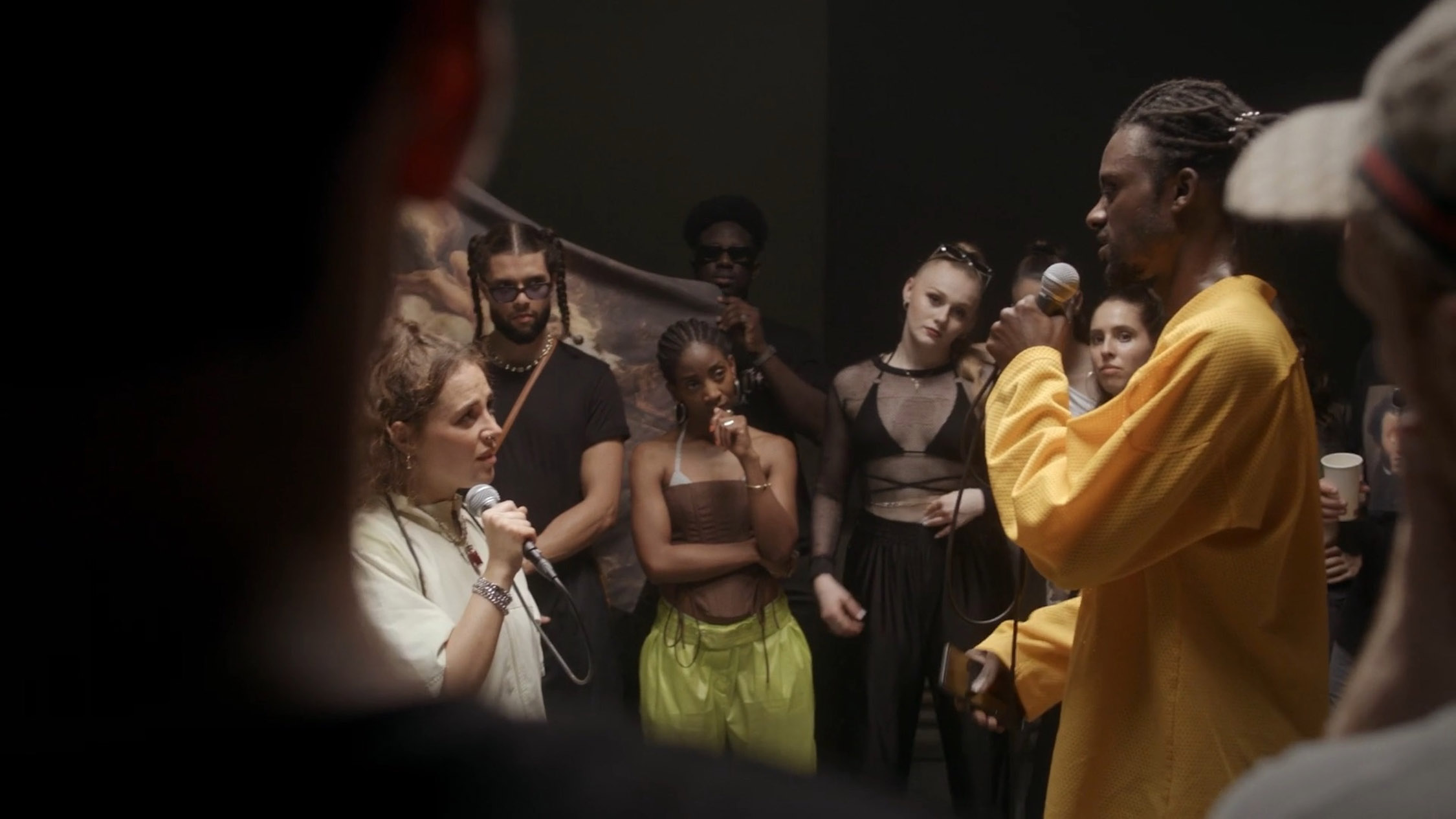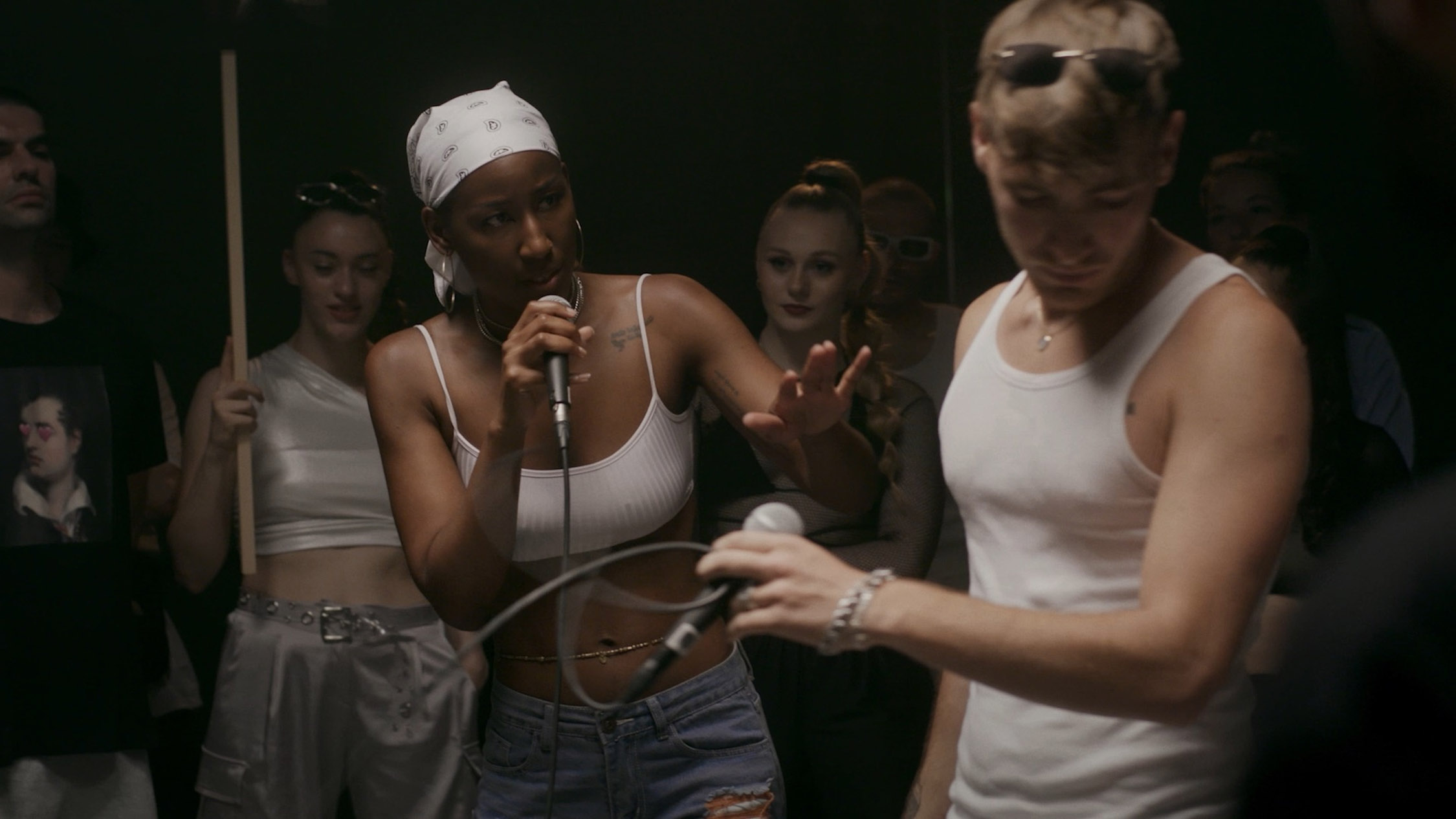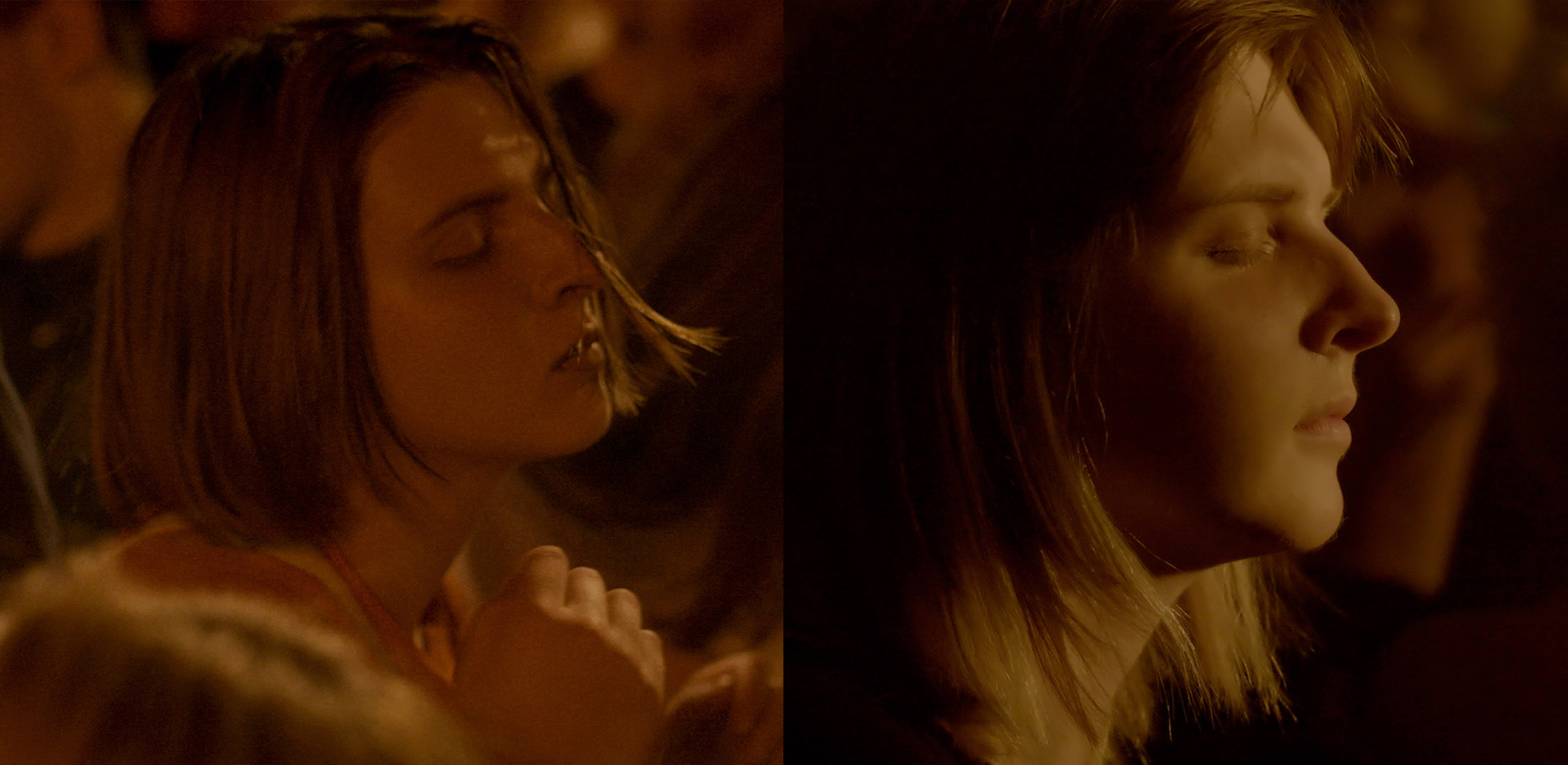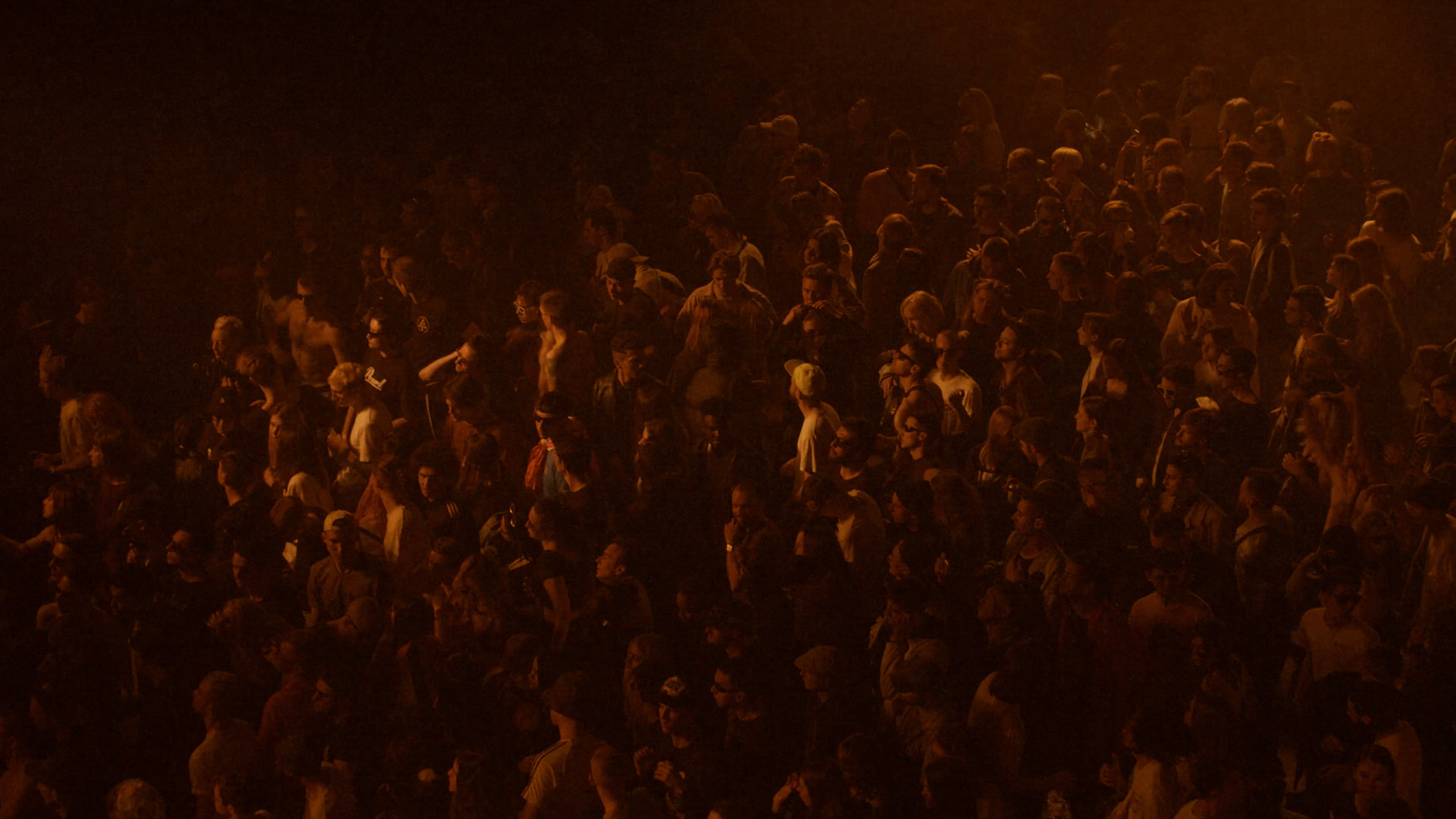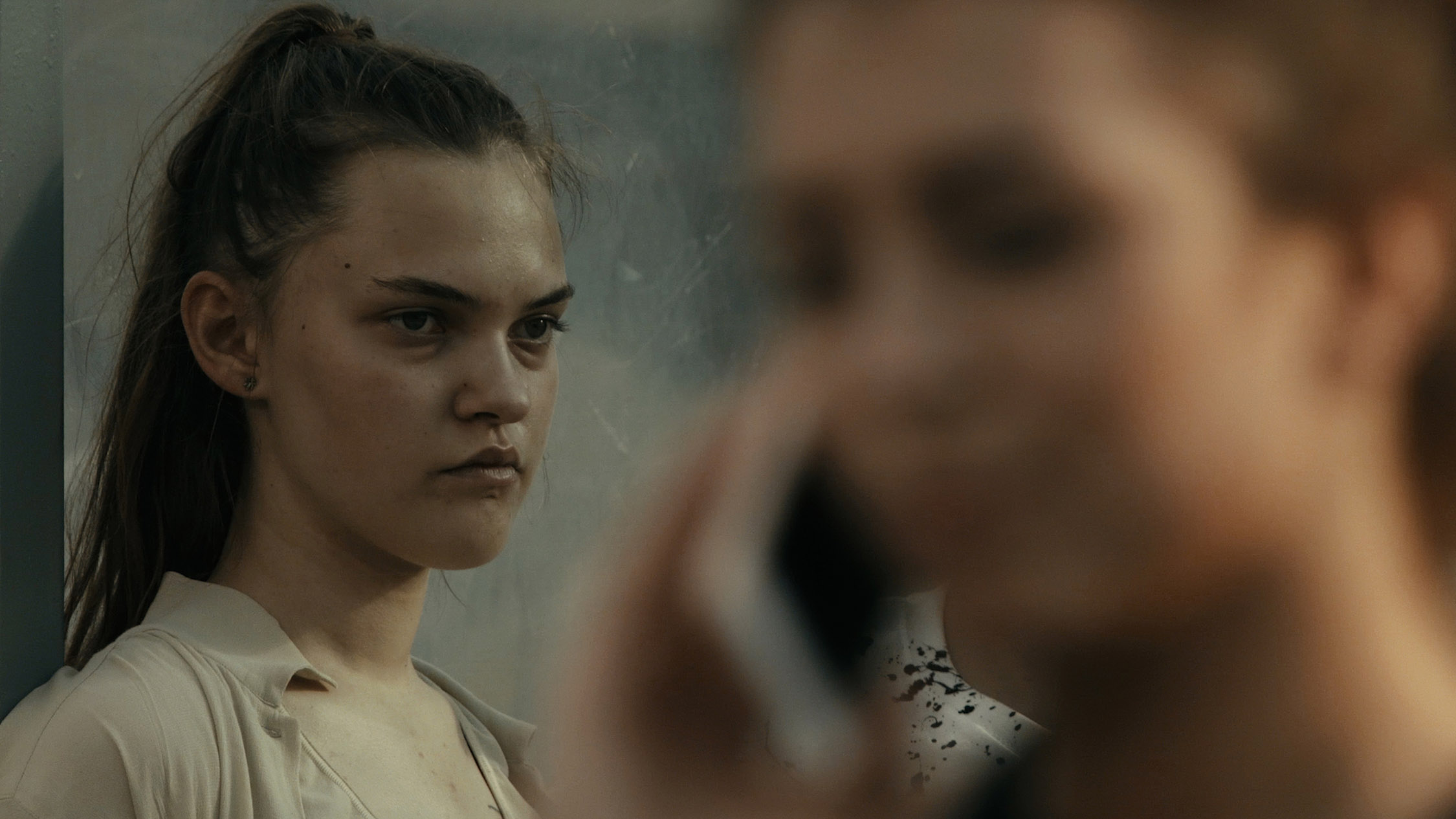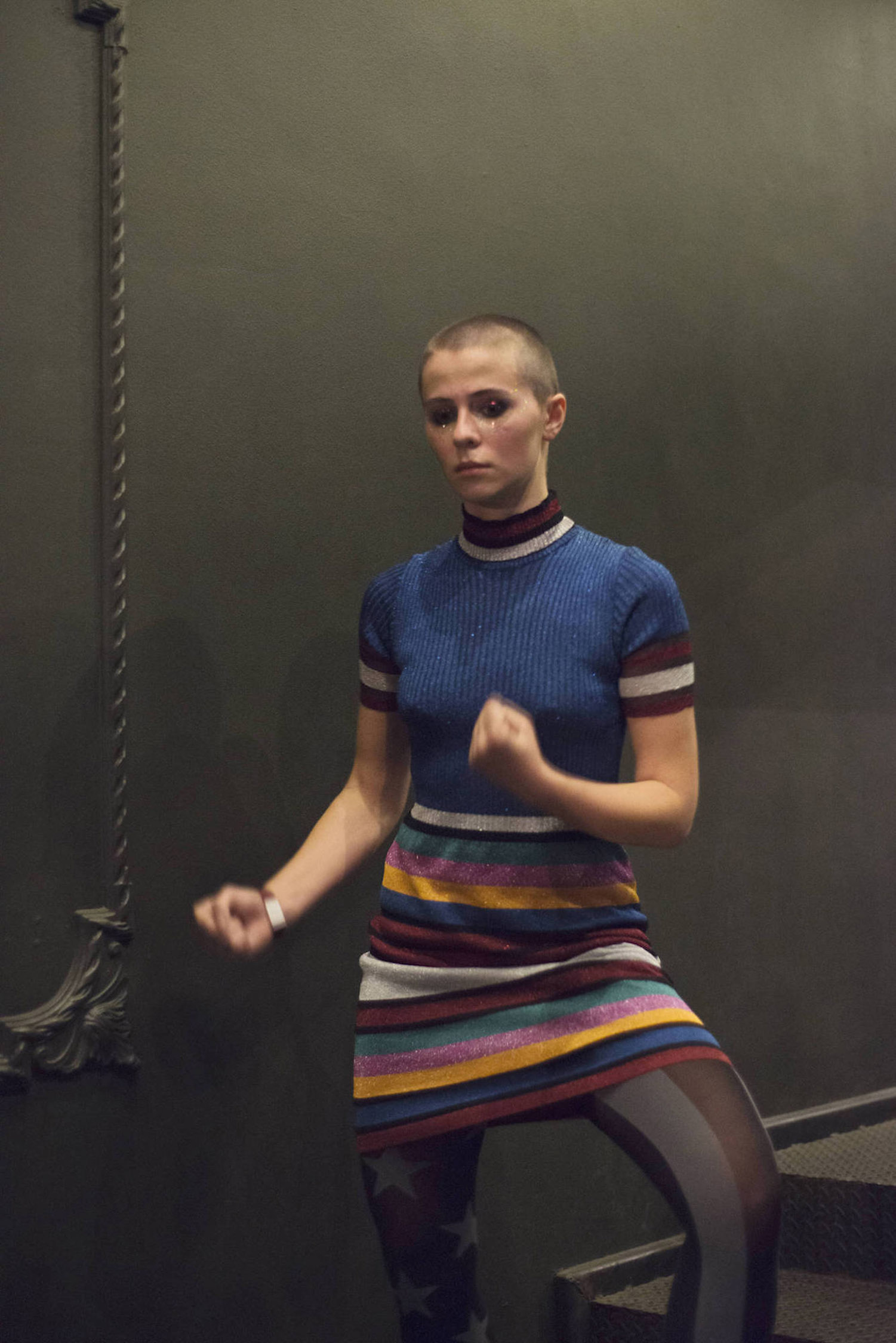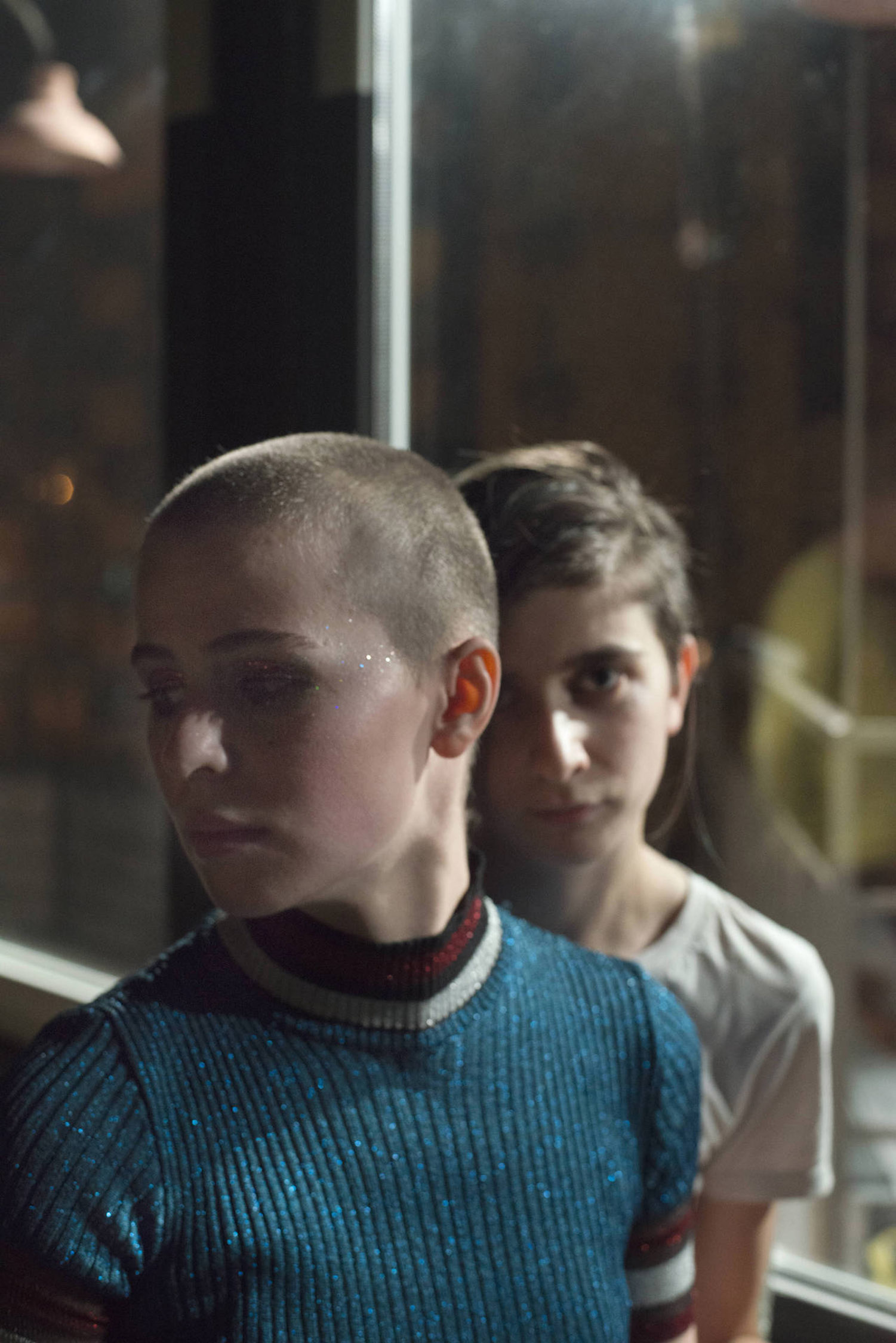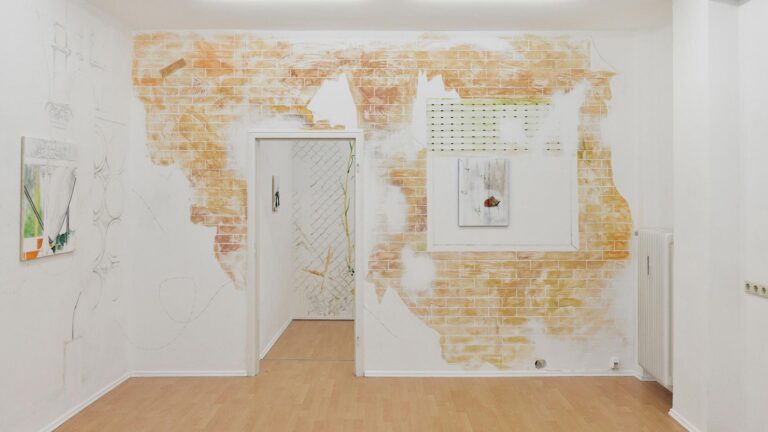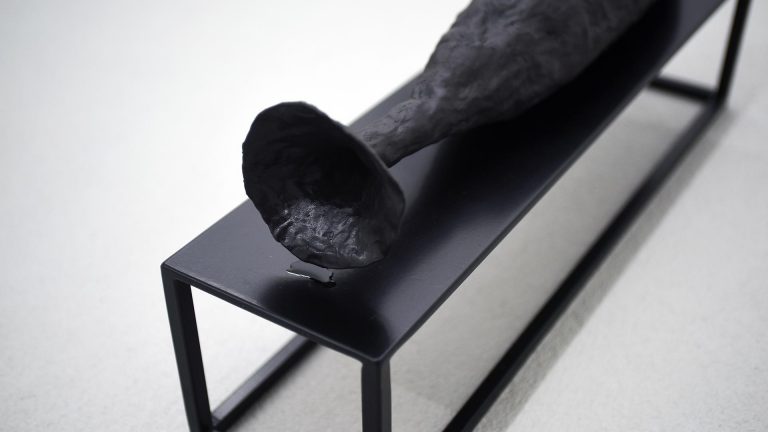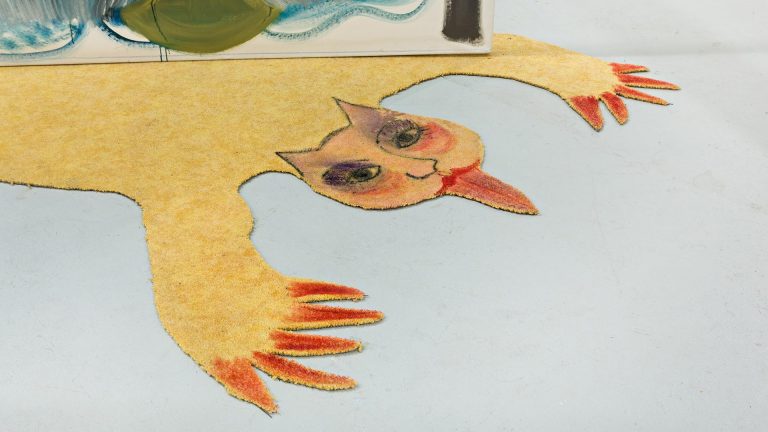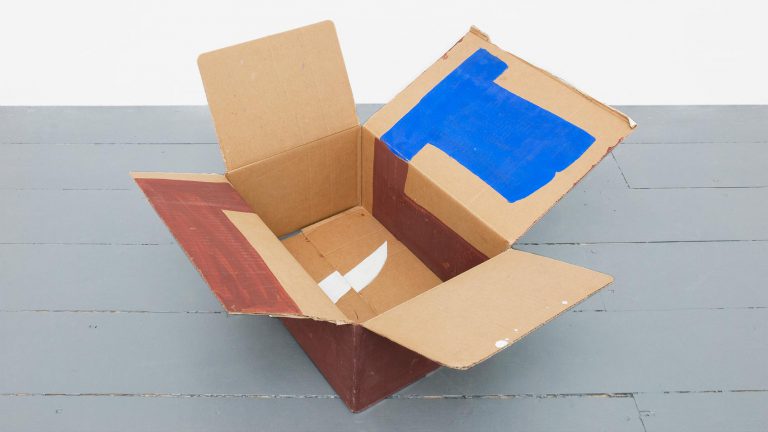Artists: Roman Khimei, Yarema Malashchuk, Óstov Collective, Anna Potyomkina, Mykola Ridnyi, Iza Tarasewicz, Tobias Zielony
Exhibition title: Dance, Dance, Revolution
Curated by: Anna Nowak
Venue: Kunsthaus Hamburg, Hamburg, Germany
Date: August 10 – October 13, 2024
Photography: ©Jaewon Kim, all images copyright and courtesy of the artist and Kunsthaus Hamburg
Note: Exhibition checklist (German) is available here
The group exhibition Dance, Dance, Revolution at Kunsthaus Hamburg explores dance as a dynamic form of protest. Against the backdrop of the ongoing Russian war of aggression in Ukraine, the participating artists negotiate dance, rhythm and sound as an emancipatory act of collective resistance. Based on media spanning photography, installation, video and sound, an arc is drawn from traditional folk dances to contemporary raves.
Most of us here in Western societies are living in relative safety and freedom from suffering – and thus in a bizarre contrast to people who find themselves in areas marked by humanitarian crisis or war. For many, the resulting discrepancy gives rise to a feeling of powerlessness, while at the same time we resort to escapism in order to cope with the disparity between these two worlds. Though a sense of moral obligation stands in stark contrast to exuberant parties and celebrations, the latter have always been a source of social bonding and liberation. In Dance, Dance, Revolution, the expressive power inherent in movement symbolizes lived feelings, a sense of belonging and cohesion. Dance allows us to escape reality for some fleeting moments, lets us feel connected with others and strengthens a conscious response to injustice and war through solidarity.
Works by seven international artists will be on display: the photo and video series Maskirovka (2016– 2017) by Tobias Zielony focuses on the queer underground and techno scene in Kyiv in the post-Maidan era, while making reference to Russian war tactics of deception and disinformation known by the same name. Roman Khimei and Yarema Malashchuk likewise pick up on club scenes in their video installation Dedicated to the Youth of the World II & III (2019, 2023), particularly the internationally known Cxema raves they documented in 2019 and 2023. In his video installation The Battle over Mazepa (2023), Mykola Ridnyi uses rap as a musical vehicle to shed light on differing interpretations and contradictory narratives of Russian-Ukrainian history. The Óstov Collective, in turn, received over a hundred audio recordings in response to an open call to capture the sound of war in 2022 after the Russian full-scale invasion of Ukraine. From the snippets they put together the sound installation Why do we always sing sad songs? II (2024), a piece that renders traditional dance music, prayers and the sounds of war audible and resonates as a collective experience far beyond Ukrainian borders. In her personal video compilation Dances at the Dead. Archive (2023, ongoing), dedicated to her friend Yura Stetsyk who died in the war, Anna Potyomkina examines the desire for excessive celebrations in relation to traditional customs. Iza Tarasewicz’s large-scale sculptural installations Revelation of Powers (2022) and Looped Processions II (2022) pay homage to the collective resistance underlying peasant uprisings and folk dances while also alluding to the blockade of grain deliveries from Ukraine by Russian invaders.
With the exhibition, the Kunsthaus Hamburg is continuing its agenda of fostering interconnection – both between local and international artists as well as actors from different cultural sectors within Hamburg. Images captured in Ukraine in 2017 by Tobias Zielony, who has been a professor of artistic photography at the Hamburg University of Fine Arts since the winter semester 2022/23, will be on display alongside works by artists from Ukraine and the post-Soviet region. With a workshop for children, the programme accompanying the exhibition invites the Ukrainian diaspora in Hamburg to come together at the Kunsthaus and thus ties in with the event series The Gathering Place, which was initiated at the Kunsthaus in 2023. In addition, a cooperation with the well-known Hamburg techno club Fundbureau will take place as part of the exhibition. Due to the demolition of the Sternbrücke, Fundbureau was forced to relocate and has now found a new home in the casemates in the neighbourhood of the Kunsthaus. In October, video works by the artist duo Roman Khimei & Yarema Malashchuk will be presented in the premises in Altländer Straße. The collaboration is a welcoming gesture to the club as well as a bridge between the artistic disciplines.
For those interested, the Kunsthaus offers a selection of books on the subjects of the exhibition to read and buy in the foyer. In addition to publications on sound, dance and war from the field of cultural and social sciences, you can also buy the novel Tanz, tanz, Revolution by Dutch-Ukrainian writer Lisa Weeda, which was recently published in German translation by Kanon Verlag and to which the title of the exhibition refers.


